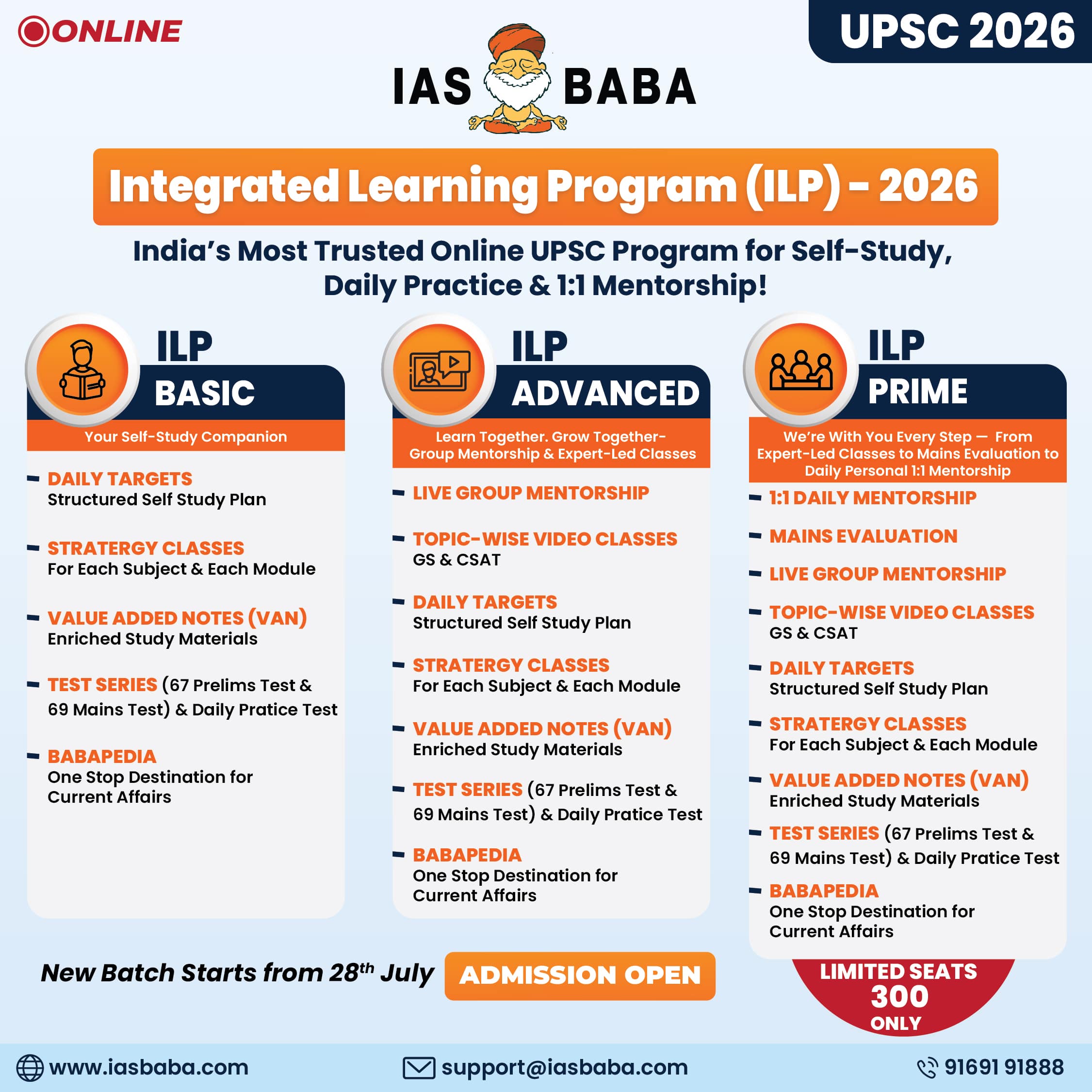The Big Picture- RSTV
Economic Challenges for Government
TOPIC: General Studies 3
- Indian Economy and issues relating to planning, mobilization of resources, growth, development and employment.
The Indian economy is experiencing a slowdown. The debate is no longer whether demonetisation and GST have impacted the economy adversely. The debate is now what the government should do to kick-start the economic growth. A stimulus of Rs. 40000-50000 is expected to be put in which can boost exports and encourage domestic investments, supporting SMEs and providing more money for rural infrastructure and affordable housing. But the stimulus won’t come without its cost. The government doesn’t have the kind of fiscal space it is trying to explore. The stimulus is a conventional increase in deficit and it is not wise.
Possible hiccups
- There is a large holding of government debt by foreigners of over 75 billion dollars. It is borrowed from parent country at 2% and invested in India at 6%. This is hot money which is quick money making, carry trade type activity. If they react to an increase in fiscal deficit or decline in exchange rate, there is chance of creating instability in the economy. Investments in equity come with more stable approach as people who invest in equity are taking long term view.
- There is no evidence that government spending is going to solve the basic problem of absolute free or near free private sector intention for investments. In 2016, there was significant boost in public spending and public investment but it has not stimulated private sector investments due to factors such as lack of demand growth, NPA problem and huge fall in investment in non-corporate sector. The investments have fallen by 5% in last 5 years relative to GDP. They have been seriously affected by demonetisation and GST that at this point simply pushing a larger deficit will not help the economy.
- In the first four months of current fiscal year 2017-18, there was enough stimulus to the economy due to passing of budget in March. There is 2 lakh crore extra revenue expenditure including Rs. 20000 crore of capital expenditure that has come into economy compared to last year. If this has not been able to give the higher growth, then any more stimulus will give the desired outcome is not expected. On the contrary, the message is that the fiscal should be under strict control because there are serious pressure on the revenues and on expenditures- due to shortfall in disinvestment, dividend and spectrum money. (Disinvestment was supposed to be Rs. 72500 crore, but till now, only Rs. 19000 crore mobilised. Rs. 44000 of spectrum earnings that well may be stretched and RBI dividends are down by 27000 crore)
Possible measures
Decline in interest rates for savings, decline in real estate has created discontent in market. But all is not bad in the economy. The number of IPOs coming out shows that economy has green shoots. There are high expectations of high growth post the settlement of more rationalised GST rates.
Hence, there is a need of policy changes which will resolve the problems like improving implementation of GST. The government should focus more on fundamental principle of single tax rate across the country working. The system was over complicated with compliance mode where invoices got inter-linked, online filing of returns and no paper work. This should now be done in phases. Everything in one year shouldn’t be attempted. The small sector has been paralysed. If the filing conditions are relaxed for them with the intention that down the line in three years, everybody will be brought in same integrated system.
The stimulus effect of public spending in investment depends on effectiveness on PPP model. The problem is that lot of institutions that government is looking forward to do partnerships with are entangled in NPAs. Thus, risk sharing has to be fixed quickly. It has been done in highways and helped in getting investments back.
Together with it, working on flexibility of labour law rigidities, sector wise- textile reforms, revamping exchange rate policy where the rupee is overvalued have to be looked upon. The exchange rate policy is hitting exports and bringing in flood of imports.
The voters are watching what is happening in the economy right now. From politico-economic point of view, in last one half years, the tax net has been widened. Demonetisation caused pain and disruption, GST implementation had its own challenges. The net result of these actions on economy and middle class (7.7 million tax payers between 5-50 lakh annual income) has been visible. This is the most vocal community which is contributing to lot of anguish in market. If the government wants to improve voter sentiment, there should be a concession like tax rebates which can lift the spirits.
The government can push the public sector into more efficiency mode. Many PSUs have resources but they are not investing. Government is a shareholder and it should push these public sector companies to invest. The government’s job is not to sit on cash but to use it. This will enhance the spending in the economy which will give push to desirable outcomes. Liquid mutual funds investments have seen rise of 60% in last two years which is good.
Connecting the dots:
- The worst for the economy seem to be over post the critical structural changes. Do you agree with the statement? Discuss.














